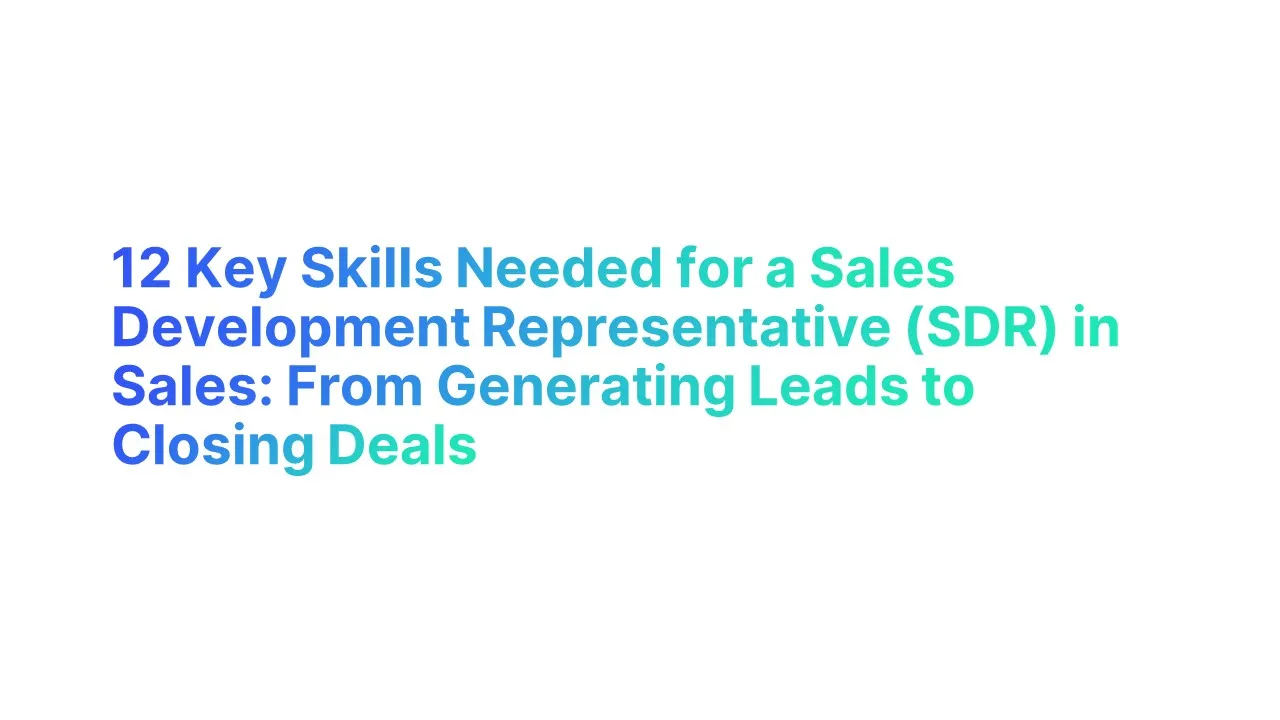Introduction to Sales Development Representatives (SDR)

A Sales Development Representative is a person who works for a company to help find new customers. They focus on the initial stages of the sales process, which includes identifying, contacting, and qualifying potential leads before passing them on to the sales team.
The primary goal of an SDR is to build a robust pipeline of prospects that fit the company's target market criteria. Their tasks involve outreach through cold calling, emailing, and social media engagement to establish first contact with potential customers.
SDRs play a critical role in ensuring that the sales team can concentrate on closing deals with qualified leads, thereby increasing efficiency and success rates in the sales cycle.
What Does Sales Development Reps Do?

Sales reps primarily focus on the early stages of the sales cycle, aiming to turn potential leads into qualified opportunities for the sales team.
Sales reps employ a variety of strategies and tools to engage prospects, understand their needs, and ultimately guide them closer to a purchasing decision.
Lead Generation
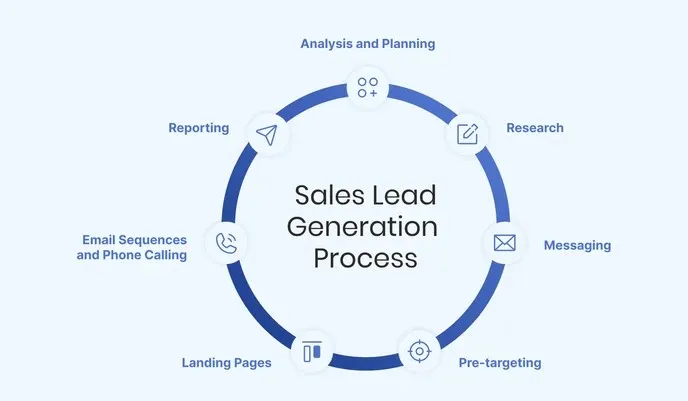
SDRs are the engines driving lead generation efforts, employing strategies to identify and attract potential leads. They:
1. Utilize social media platforms, particularly LinkedIn, to connect with potential leads by engaging with content and leveraging advanced search capabilities.
2. Attend industry conferences and webinars to network and gather leads.
3. Deploy cold outreach tactics, including email and phone calls, to initiate contact with potential customers.
The importance of lead generation lies in its ability to fill the sales pipeline with potential customers.
According to HubSpot, companies that prioritize lead-generation efforts are 133% more likely to surpass their revenue goals.
Lead Qualification
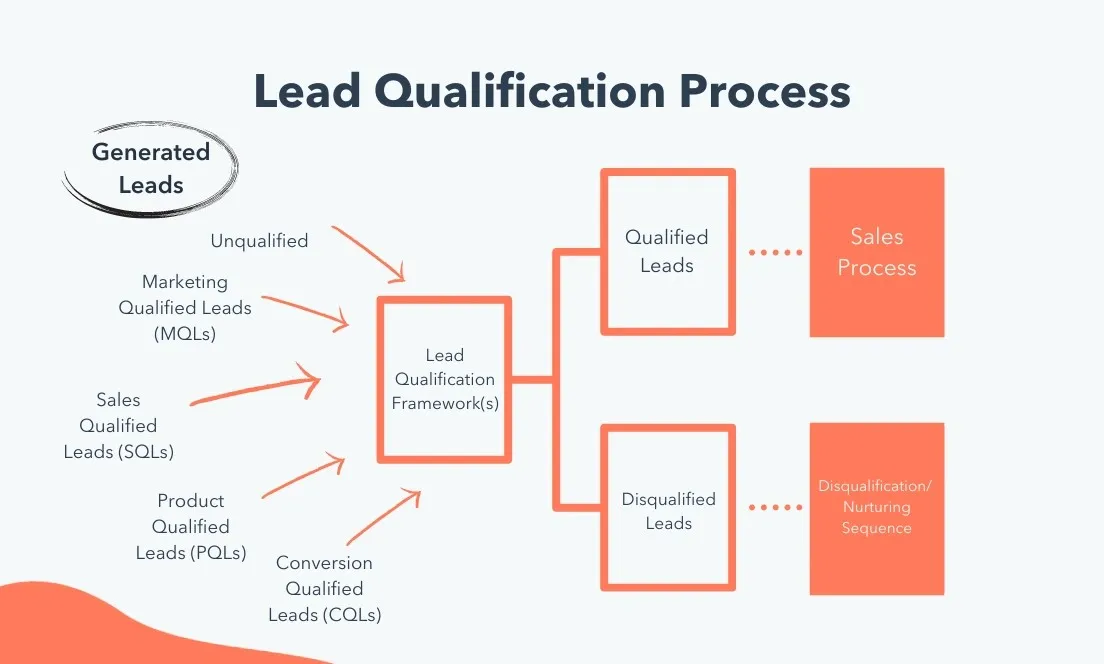
Once leads are generated, SDRs assess them to determine their fit and buying intent. This process involves:
1. Evaluating leads against a set of predefined criteria such as budget, authority, need, and timeline (BANT).
2. Conducting initial discovery calls to gauge interest and potential fit.
3. Scoring leads based on their engagement and behaviors to prioritize follow-up efforts.
Effective lead qualification ensures that only high-quality leads are passed onto the sales team, increasing the efficiency of the sales process and ultimately contributing to higher conversion rates.
Lead Nurturing

Not all leads are ready to buy immediately. SDRs nurture these leads by:
1. Providing them with valuable content such as whitepapers, case studies, and blog posts to educate them about the industry and solutions.
2. Keeping in touch through regular follow-ups via email or social media.
3. Addressing any queries or objections they might have.
Lead nurturing is crucial for maintaining engagement with prospects until they are ready to make a purchasing decision.
It's reported that nurtured leads produce, on average, a 20% increase in sales opportunities compared to non-nurtured leads.
Appointment Setting

SDRs set appointments for qualified leads with the sales team, ensuring:
1. The prospect is well-informed about the meeting's purpose.
2. Sales representatives are briefed on the lead’s background, needs, and concerns.
3. The transition from SDR to sales representative is seamless, maintaining the prospect's engagement and interest.
Appointment setting is a critical step in maintaining the momentum of the sales process, creating a smooth handoff that increases the likelihood of a successful sale.
Collaboration with Sales and Marketing Teams
SDRs serve as a vital link between sales and marketing, facilitating:
1. Regular feedback loops to refine marketing messages based on prospect interactions.
2. Sharing insights on lead quality and engagement to help tailor marketing campaigns.
3. Coordinating with sales to ensure a unified approach to lead management and follow-up.
This collaboration ensures that both sales and marketing efforts are aligned, maximizing the impact of each lead generated and nurtured.
Utilizing Sales Technologies

SDRs leverage a variety of sales technologies to streamline their workflows and increase productivity. They use:
1. Customer Relationship Management systems to track interactions and manage lead data.
2. Sales engagement platforms to automate outreach and follow-up sequences.
3. Analytics tools to measure the effectiveness of different strategies and tactics.
By utilizing sales technologies, SDRs can handle a higher volume of leads more efficiently, providing them with more time to focus on high-value activities.
12 Key Skills Needed for a Sales Development Representative
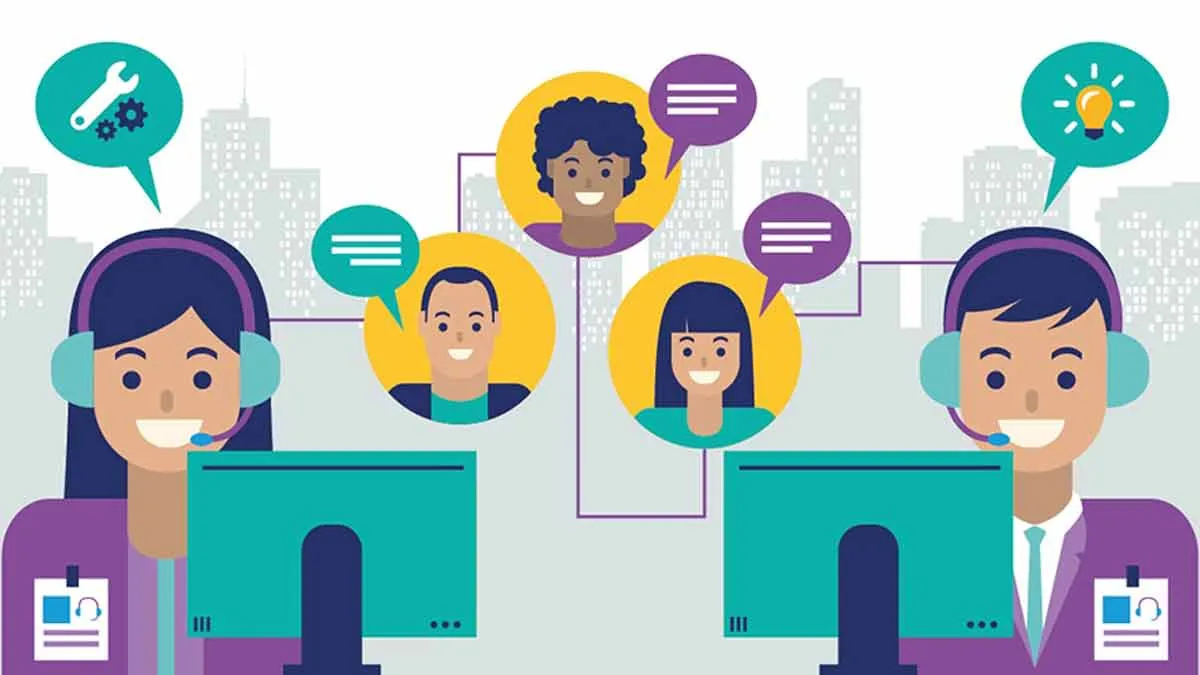
1. Prospecting Skills
Prospecting requires a strategic approach to identify and engage potential leads. Mastery in prospecting ensures a steady flow into the sales pipeline, laying the groundwork for future sales success.
- Utilizing various tools and techniques to find potential customers, including social media platforms, networking events, and cold calling.
- Effective prospecting fills the sales pipeline with high-quality leads, directly impacting the company's bottom line. A report by HubSpot indicates that effective prospecting can improve sales efficiency by up to 15%.
- Sharpening prospecting skills involves regular practice, staying updated on industry trends, and leveraging sales intelligence tools to gather insights on potential leads.
Video prospecting has become increasingly popular in recent years, and for good reason. Essentially, it involves reaching out to potential clients through a brief, personalized video, typically no longer than two minutes.
This method offers a more personal touch compared to traditional phone calls or emails, allowing prospects to engage with you more intimately without the need to schedule a lengthy Zoom call.
2. Customer-Centric Approach
Placing the customer at the heart of the sales process not only builds trust but also significantly enhances the chances of closing deals. A customer-centric approach tailors the sales strategy around the customer's needs and challenges.
- Understanding and prioritizing the needs, challenges, and interests of the customer above all else.
- It leads to higher customer satisfaction and loyalty. Salesforce reports that 66% of customers expect companies to understand their needs and expectations.
- Active listening, empathy, and adapting communication styles to meet customer preferences are key. Regular feedback and customer interaction analysis can fine-tune this approach.
Example of a Customer-Centric Approach: Customized Email

In this email, the focus is on understanding and addressing the customer's unique challenges and goals, demonstrating a genuine interest in their success.
By incorporating a personalized video, the message becomes more engaging, providing a clearer, more impactful demonstration of how the product or service can benefit the customer.
This approach not only shows that you've done your homework but also that you're committed to providing value, hallmark traits of a customer-centric approach.
3. Persistence
Persistence is about maintaining effort and enthusiasm across multiple touchpoints.
- Following up with leads multiple times through different channels and not giving up after initial rejections.
- Persistence pays off. According to a study by Marketing Donut, 80% of sales require at least five follow-ups after the initial contact, yet 44% of salespeople give up after just one follow-up.
Set a disciplined follow-up schedule, use automation tools to remind you of follow-up tasks, and cultivate a growth mindset that views rejections as learning opportunities.
4. Resilience
This skill empowers SDRs to face and bounce back from the inevitable rejections and setbacks encountered daily.
- Resilience in sales is about maintaining a positive attitude and persistent effort despite frequent rejections or failures. It's the mental toughness that allows SDRs to continue reaching out to new prospects without being discouraged by negative responses.
- Studies indicate that sales professionals who exhibit higher resilience are more likely to exceed their sales targets, with resilient individuals achieving 16% higher sales performance on average.
Building resilience can be approached by setting realistic expectations, focusing on learning from each interaction, and celebrating small victories.
Techniques such as mindfulness and stress management exercises can also help SDRs maintain their emotional balance and keep a long-term perspective.
5. Research Skills
Effective research skills are essential for SDRs to tailor their approach to each prospect and increase the relevance and impact of their outreach.
- Research skills in sales involve gathering and analyzing information about potential leads, their companies, the industry they operate in, and the specific challenges they face. This can include leveraging social media, company websites, industry reports, and CRM data.
- Personalized outreach is significantly more effective in engaging prospects and moving them through the sales funnel.
- For instance, emails personalized with specific insights have been shown to improve response rates by up to 50%. Understanding a prospect's unique context enables SDRs to present solutions in a way that resonates with their specific needs and challenges.
SDRs can enhance their research skills by practicing systematic data collection and analysis techniques, becoming proficient with advanced search tactics on platforms like LinkedIn, and using sales intelligence tools to automate and deepen their research process.
6. Objection Handling
Objection handling is a critical skill for navigating conversations with prospects and steering them toward a positive outcome despite initial hesitations or concerns.
- This skill requires SDRs to listen carefully to prospects' objections, understand the underlying concerns, and address them effectively. It's about turning potential deal-breakers into opportunities for further discussion and clarification.
- Objections are a natural part of the sales process and often indicate a prospect's engagement and interest.
- Skillful objection handling can differentiate between losing a potential lead and advancing them closer to a sale. Properly addressed, objections provide valuable opportunities to educate the prospect and build trust.
Improving objection handling involves practicing active listening, preparing responses to common objections in advance, and learning to empathize with the prospect's perspective.
Role-playing exercises and feedback from more experienced colleagues can also be invaluable in refining this skill.
7. Qualification Proficiency
Qualification proficiency is a skill that enables Sales Development Representatives (SDRs) to discern the potential of leads effectively, ensuring that only those with a genuine interest and need for the product or service are moved forward in the sales process.
- This skill encompasses the ability to use specific criteria, such as Budget, Authority, Need, and Timeline (BANT), to evaluate whether a prospect is a good fit for the company's offerings. It involves asking targeted questions to gather necessary information and making informed decisions based on the responses.
- Mastery in qualification saves time and resources by focusing efforts on leads most likely to convert, thereby increasing the efficiency of the sales process.
Developing qualification proficiency requires a deep understanding of the product or service, as well as the target market.
SDRs can improve by practicing scenario-based questioning, engaging in role-play exercises with peers, and analyzing past successful and unsuccessful qualifications for learning points.
8. Active Listening & Adaptability
Active listening and adaptability are interconnected skills vital for SDRs to understand prospects deeply and tailor their approach in real-time, enhancing the prospect's experience and increasing the chances of a successful outcome.
- Active listening is about fully concentrating on what the prospect is saying, understanding their message, responding thoughtfully, and remembering the discussion.
- Adaptability in sales refers to the ability to adjust communication style, pitch, or approach based on the prospect's feedback, needs, or changing circumstances.
- These skills together ensure that SDRs can build rapport with prospects, accurately assess their needs, and dynamically modify their approach to address those needs effectively.
Enhancing active listening and adaptability involves practicing mindfulness during conversations, soliciting feedback from peers or managers, and being open to changing strategies based on prospect cues or new information.
Regular training in communication techniques and staying informed about industry trends can also support skill development in these areas.
9. Follow-Up
The follow-up skill is critical for maintaining engagement with prospects and guiding them through the sales funnel to a successful close. It’s about timely and relevant communication after the initial contact.
- Effective follow-up includes sending personalized emails, making phone calls, or using social media to remind prospects of the product or service, address any additional questions, and move them towards a decision.
- It often involves multiple touchpoints, tailored messaging, and strategic timing.
- Consistent follow-up keeps the prospect engaged with the brand and can significantly increase conversion rates.
- Research indicates that 80% of sales require five follow-ups after the initial contact, yet a majority of salespeople give up too soon.
SDRs can improve their follow-up skills by developing a systematic approach to tracking and managing follow-up activities, using automation tools for efficiency, and personalizing communication to reflect the prospect's specific interests or previous interactions.
10. Relationship Building
This skill is crucial for developing long-term connections that go beyond transactional interactions, often leading to more significant opportunities and referrals.
- Relationship building is about engaging with prospects on a personal level, understanding their needs, challenges, and preferences, and demonstrating genuine interest in helping them achieve their goals.
- Strong relationships lead to higher trust, which in turn increases the likelihood of a prospect becoming a customer.
- A study by LinkedIn showed that 80% of professionals consider professional networking to be key to career success, highlighting the importance of building relationships in sales.
SDRs can enhance their relationship-building skills by consistently following up with prospects, personalizing their communication, and providing value at every interaction, whether through relevant information, insights, or solutions.
11. Negotiation Skills
Negotiation skills enable SDRs to navigate discussions with prospects effectively, finding mutually beneficial solutions that advance the sales process.
- Skilled negotiation involves understanding the prospect's needs and constraints, clearly communicating the value of the solution, and working collaboratively to overcome objections or barriers to the sale.
- Effective negotiation can lead to better terms for both the prospect and the company, increasing the likelihood of closing deals. It’s a critical skill that directly impacts the success of both the SDR and the sales team members.
SDRs can improve their negotiation skills by practicing active listening, empathy, and assertiveness. Participating in negotiation workshops or role-playing exercises with sales managers can also provide practical experience and feedback.
12. Cultural Sensitivity
Cultural sensitivity in sales involves understanding and respecting cultural differences and adapting communication styles and sales tactics accordingly.
- Demonstrating cultural sensitivity can significantly improve rapport and trust with prospects, leading to stronger relationships and increased sales opportunities.
- It reflects the company’s commitment to diversity and inclusivity, values that are increasingly important to consumers and businesses alike.
SDRs can become more culturally sensitive by educating themselves on the cultural norms and business practices of the prospects they are engaging with.
This might include language nuances, communication preferences, and decision-making processes. Regular training sessions and cultural exchange programs within the company can also enhance this skill.
Strategies for Managing and Nurturing Inbound Leads and Outbound Leads

Managing and nurturing both inbound and outbound leads are crucial activities for Sales Development Representatives (SDRs) aiming to convert prospects into paying customers.
Each type of lead requires a distinct approach to effectively move them through the sales funnel.
Managing and Nurturing Inbound Leads
Inbound leads, often generated through marketing efforts such as content marketing, social media, and SEO, have already shown an interest in your product or service.
The key here is to respond quickly and nurture these leads effectively to capitalize on their initial interest.
Quick Response Time:
Engage inbound leads within the first hour of their inquiry. Studies show that the odds of connecting with a lead decrease by over 10 times after the first hour.
Use automated tools to acknowledge receipt of their query immediately, followed by a personalized response as soon as possible.
Personalized Follow-Up:
Segment inbound leads based on the information they've provided or the content that attracted them. Tailor your follow-up messages to address their specific interests or pain points.
Offer valuable content related to their inquiry, such as whitepapers, case studies, or blog posts, to keep them engaged and move them further down the funnel.
Educate and Build Trust:
Utilize a consultative approach to understand their needs better and position your product as a solution. It's not about making a quick sale but about building a relationship.
Leverage social proof like testimonials and case studies from similar customers to build credibility and trust.
Managing and Nurturing Outbound Leads
Outbound leads, identified and contacted through efforts like cold calling and email campaigns, require a more strategic approach to pique their interest and nurture a relationship from scratch.
Initial Contact Strategy:
When reaching out, make your initial message about the prospect, not your product. Highlight challenges you know they face or achievements they’ve made to grab their attention.
Follow a multi-touchpoint strategy, utilizing emails, calls, and social media interactions to gradually build awareness and interest.
Value-Based Outreach:
With each interaction, aim to provide value. This could be in the form of industry insights, helpful resources, or solutions to common problems they face.
Personalization is key even with cold leads. Show that you’ve done your homework by referencing specific details about their company or industry.
Consistent Follow-Up and Engagement:
Persistence is crucial with outbound leads. It often takes multiple touchpoints to convert a cold lead into an interested prospect. However, always ensure your follow-ups offer new information or value.
Utilize marketing automation tools to schedule follow-ups and keep track of interactions, ensuring no lead is forgotten.
How to Leverage Data to Optimize the SDR Sales Process
A Sales rep Leveraging data to optimize the sales process is a strategic approach that involves analyzing various metrics and insights to make informed decisions and improve sales outcomes.
1. Identify Key Performance Indicators (KPIs)
Start by identifying the KPIs that are most indicative of SDR performance and sales health. These might include:
- Lead response time
- Conversion rate from lead to opportunity
- Number of calls or emails per lead
- Appointment set rate
These metrics provide a baseline for assessing current performance and identifying areas for improvement.
2. Utilize CRM Analytics

Use CRM analytics to track the journey of leads through the sales funnel, from initial contact to conversion. Analyzing this data helps in understanding patterns and bottlenecks in the sales process.
3. Analyze Sales Executives Report

A sales executive report often contains aggregated data and insights on sales performance, market trends, and customer feedback. By analyzing this report, SDRs can gain insights into:
- Which strategies are yielding the best results
- Areas where the sales process can be improved
- Market trends that can influence sales strategies
Utilizing insights from the sales executive report allows SDRs to align their efforts with the strategies that are proven to be effective, ensuring that their activities are contributing to the overall sales goals.
4. Implement A/B Testing

A/B testing involves comparing two strategies or messages to see which performs better. SDRs can use this technique to refine:
- Email outreach templates
- Call scripts
- Engagement strategies on social media
Tracking the results of A/B tests in your CRM or sales engagement platform provides concrete data on what resonates with your target audience.
5. Leverage Lead Scoring
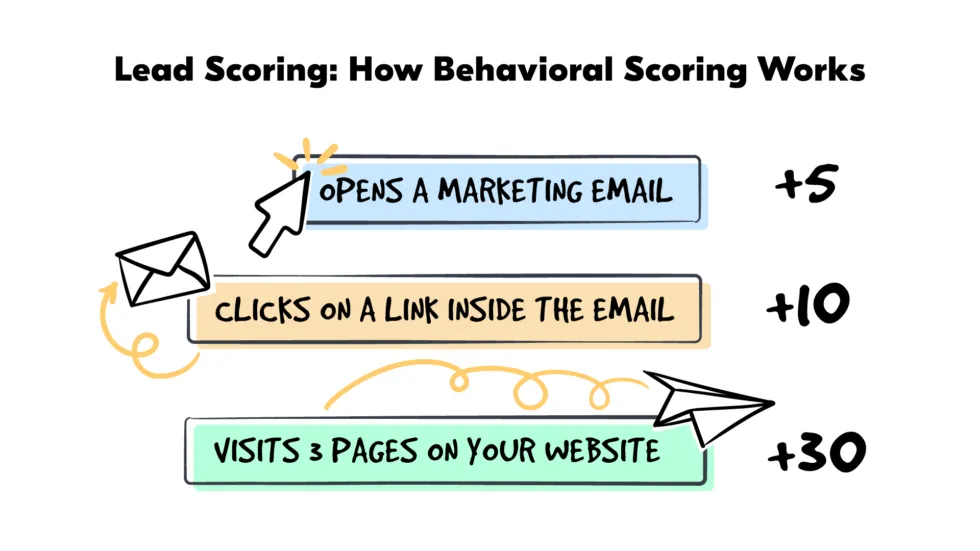
Implement a lead scoring system that assigns values to leads based on their actions and engagement level. This helps in prioritizing efforts towards leads that are more likely to convert. Data from lead scoring can reveal:
- Which lead sources are most valuable
- Behaviors that indicate buying intent
- Effective content or touchpoints that move leads through the funnel
Sales Development Representatives vs Business Development Representatives

Tools and Technologies to Boost SDR Productivity


